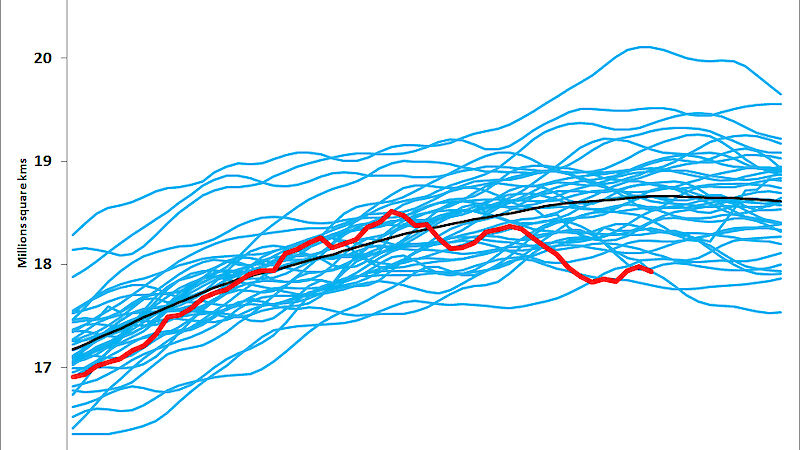Winter sea-ice coverage around Antarctica was noticeably reduced in September this year, with sea ice extent starting its annual retreat early and setting new daily record lows.
The result comes two years after winter sea ice extent around Antarctica reached a record high in September 2014, when it exceeded 20 million square kilometres for the first time since satellite measurements began in 1979.
This year, Antarctic sea ice began its annual spring retreat roughly four weeks earlier than average, after peaking at 18.5 million square kilometres on 28 August 2016, which was close to the lowest winter maximum on record.
Dr Jan Lieser from the Antarctic Climate and Ecosystems Cooperative Research Centre (ACE CRC) and the Australian Research Council-funded Antarctic Gateway Partnership said it was a surprising finding, given the trend in recent years.
“Within the space of just two years we have gone from a record high winter sea-ice extent to record daily lows for this point in the season. This is a great reminder that we are dealing with an extremely variable component of the climate system,” Dr Lieser said.
“It’s also a reminder of why it can be unwise to leap to conclusions about the link between Antarctic sea ice and climate change on the basis of one or two years of data. It is the long-term trends that are most important, as well as the regional variability, which is high around Antarctica.”
David Reilly
ACE CRC



